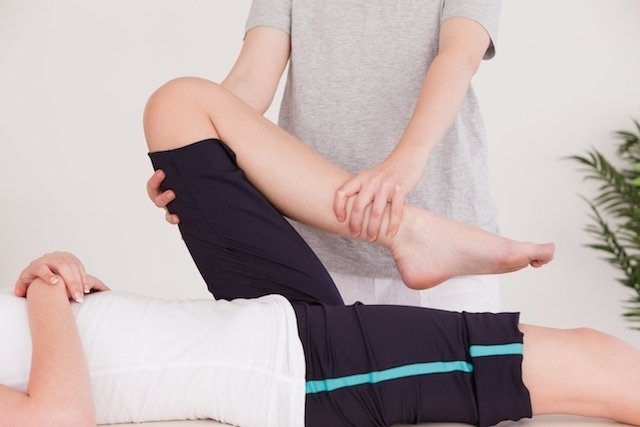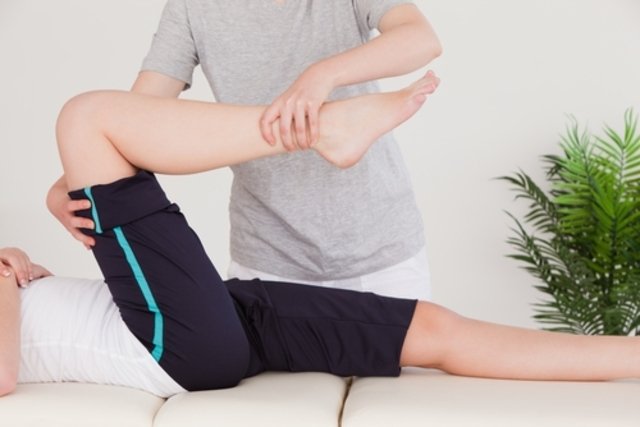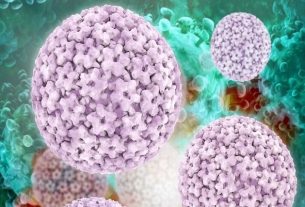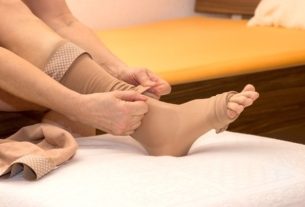Physiotherapy is very important in the treatment of fibromyalgia because it helps control symptoms such as pain, tiredness and sleep disorders, promoting relaxation and increasing muscle flexibility. Physiotherapy for fibromyalgia can be performed 2 to 4 times a week and treatment should be aimed at relieving the symptoms the person presents.
Fibromyalgia is a chronic disease, and treatment is generally carried out with medications prescribed by a rheumatologist or neurologist, in addition to physiotherapy sessions. However, there are other treatments that can also be done, such as acupuncture, reflexology, sleep therapy, aromatherapy and herbal medicine that help to improve the quality of the patient suffering from fibromyalgia. Learn more about treatment for fibromyalgia.

Physiotherapy treatment for fibromyalgia can be done with:
1. Stretching exercises
Stretching exercises help in the treatment of fibromyalgia because they promote relaxation, improve blood circulation, mobility and muscle flexibility.
A great stretching exercise for fibromyalgia is to lie on your back and bend your knees to your chest, holding the position for about 30 seconds, and then bend your knees to the right side while turning your head towards your left arm, which it must be stretched at a 90 degree angle with the body, maintaining the position for approximately 30 minutes. The exercise must also be repeated on the other side.
2. Hydrotherapy
Hydrotherapy, also called aquatic physiotherapy or aquatherapy, is a therapeutic activity that consists of performing exercises in a pool with water at a temperature of around 34º, with the help of a physiotherapist.
Water allows you to perform exercises of greater amplitude, reducing pain and fatigue and improving sleep quality. With this technique, muscles are strengthened, joint range is increased, cardiorespiratory functioning and blood circulation are improved, and pain and stress are reduced. Find out more about hydrotherapy.
3. Massage
Massages can also help in the treatment of fibromyalgia, as when performed well, they promote muscle relaxation, improve sleep quality, combat fatigue and reduce pain. See other health benefits of massage.
4. Electrotherapy devices
Electrotherapy devices, such as TENS or biofeedback, can be used to reduce pain in fibromyalgia tender points and improve local circulation.
When, in addition to physiotherapy, the patient practices walking, pilates, swimming or cycling, the results are even better because these exercises improve cardiorespiratory functioning, reduce pain, improve sleep quality and strengthen muscles, combating fatigue and tiredness. .

Sign up for our newsletter and stay up to date with exclusive news
that can transform your routine!
Warning: Undefined array key "title" in /home/storelat/public_html/wp-content/plugins/link-whisper-premium/templates/frontend/related-posts.php on line 12
Warning: Undefined array key "title_tag" in /home/storelat/public_html/wp-content/plugins/link-whisper-premium/templates/frontend/related-posts.php on line 13





